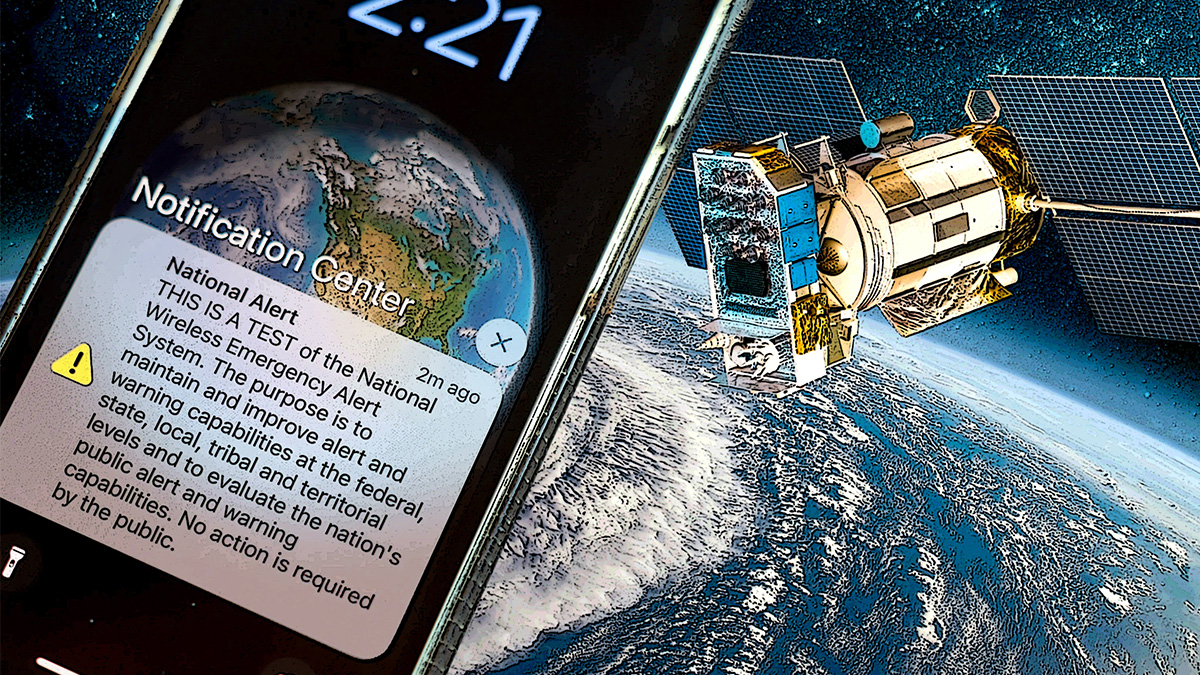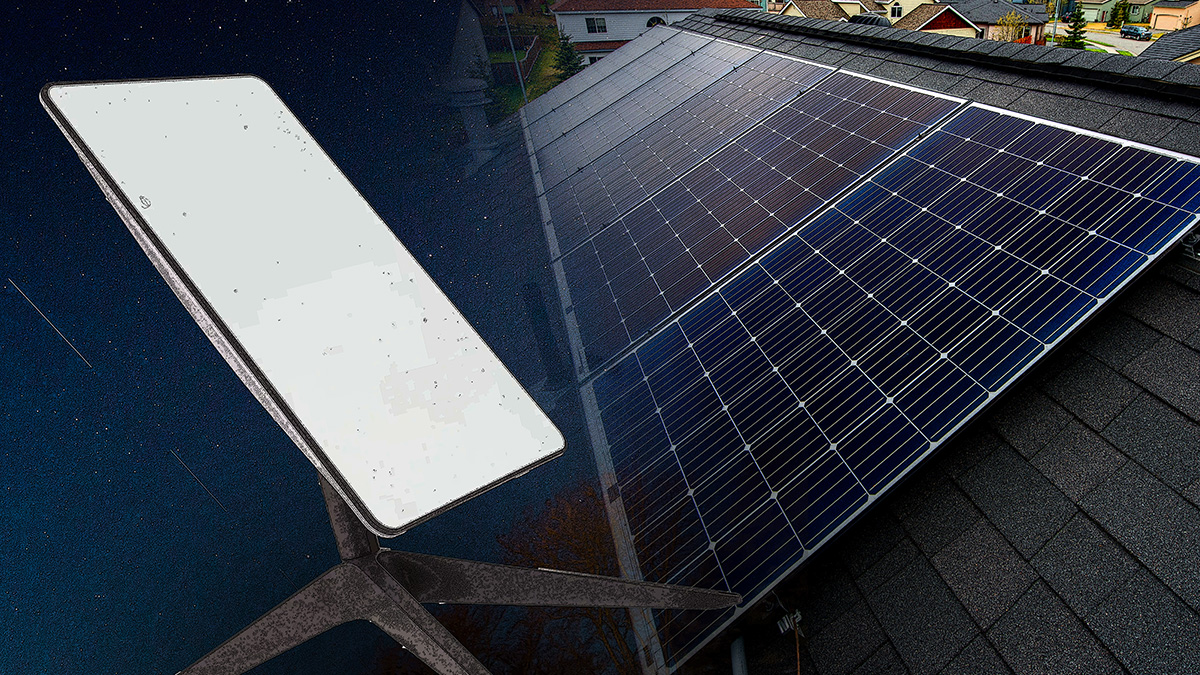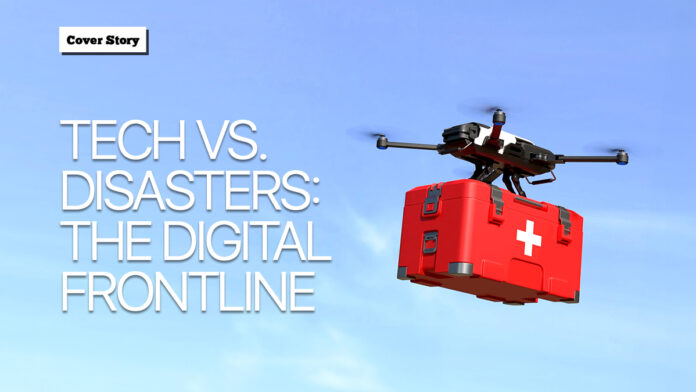In recent years, natural disasters have grown increasingly severe and frequent. Floods are becoming more widespread, storms more destructive, and the effects of climate change and rising sea levels are introducing unprecedented volatility into global weather systems. From stronger typhoons to harsher droughts, the world is bracing for the escalating impact of a changing climate.
But amid these growing challenges, technology has emerged as a crucial ally. From disaster prediction and prevention to emergency response and recovery, new tech is helping humanity confront natural disasters with greater resilience and preparedness.
Predicting the Unpredictable
One of the most powerful ways technology is transforming disaster management is through improved prediction—anticipating when, where, and how disasters are likely to strike. At the forefront of this evolution is Artificial Intelligence (AI), which is harnessing vast datasets from sensors, satellites, and surveillance systems to forecast disaster scenarios with remarkable precision.
AI models can simulate the conditions under which disasters might occur and project their likely paths and impacts. For example, by analyzing real-time satellite data and input from land- and sea-based sensors, AI can help chart the trajectory of typhoons with increasing accuracy. Historical weather data, combined with topographical and hydrological information, enables AI to assess areas most vulnerable to flooding—factoring in not just rainfall but also urban infrastructure such as roads, dams, and dikes that alter natural water flows.
However, the strength of AI lies in the quality of data it processes. That’s why advancements in sensor technology are just as critical. High-resolution satellites provide sharper, more frequent imaging of weather patterns and disaster-prone areas. Sophisticated seismic sensors are now being deployed in previously unmonitored regions, enhancing our understanding of tectonic movements and increasing the lead time for earthquake warnings.

On the Frontlines of Disaster Response
Beyond forecasting, technology is revolutionizing the way we respond when disaster strikes. Speed and safety are paramount in rescue operations, and modern tools are making both more achievable.
One notable development is the integration of satellite-based SOS messaging into smartphones. These features allow users to reach emergency services even in areas without cellular reception or internet access. Meanwhile, GPS technology—long a staple of navigation—continues to improve in precision and accessibility, enabling rescuers to locate individuals with pinpoint accuracy during emergencies.
Drones and robotics are also reshaping disaster response. With increasingly sophisticated cameras and sensors, drones are now indispensable tools for aerial surveys, reconnaissance, and search-and-rescue missions. They provide critical situational awareness without endangering human responders and can access otherwise unreachable locations, such as collapsed buildings or flooded areas.
Early Warning Systems (EWS) and public emergency alerts have also seen significant upgrades. Governments around the world now leverage advanced sensors, AI-powered analysis, and geolocation mapping to issue faster and more accurate warnings. Most crucially, dissemination has been democratized: alerts can be pushed directly to smartphones, ensuring faster reach and wider coverage. Social media platforms and crowd-sourced data also play a growing role in supplying real-time updates to both citizens and first responders.

Staying Connected When It Matters Most
Perhaps one of the most understated yet essential aspects of disaster resilience is the ability to remain connected during emergencies. Advances in battery technology, solar power, and portable energy storage have enabled households to keep essential devices running even when the grid fails. Power banks, solar panels, and ruggedized energy solutions are increasingly part of emergency preparedness kits.
Meanwhile, satellite-based internet services like Starlink have introduced a lifeline for communication in disaster-hit areas where terrestrial networks are down. These technologies are empowering communities to stay informed, maintain contact with authorities, and coordinate relief efforts despite infrastructural damage.
Braving the Storm with Technology
As climate change continues to reshape our planet, natural disasters are becoming an inevitable part of our reality. But the future is not without hope. Through innovation, we are no longer passive victims of nature’s fury. From predictive modeling to lifesaving response tools, technology is helping us brace for impact—and bounce back stronger.
The storm may be growing, but so too is our capacity to weather it.
Words by Gabriel John Pe
Also published in GADGETS MAGAZINE Volume 25 No. 11 Issue
